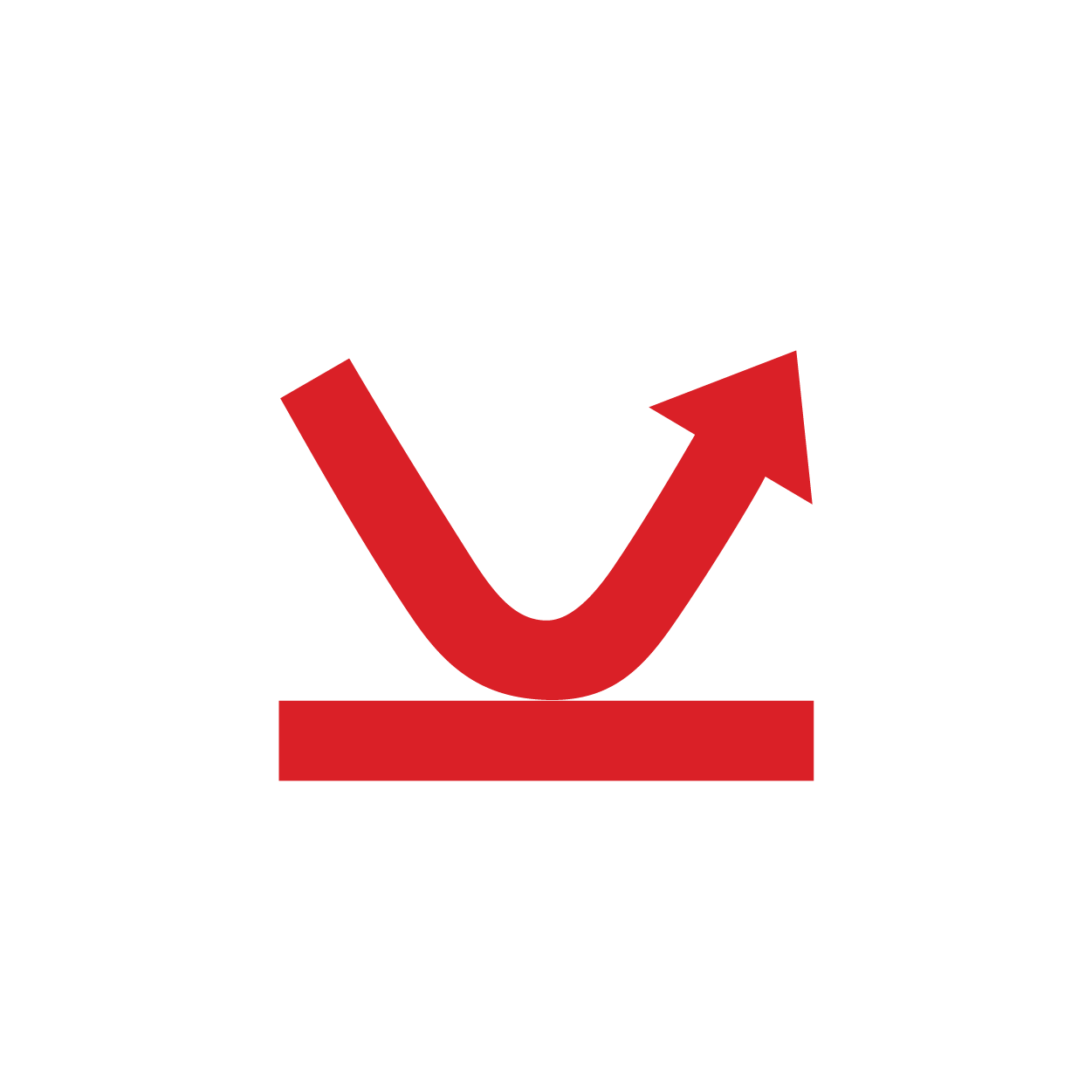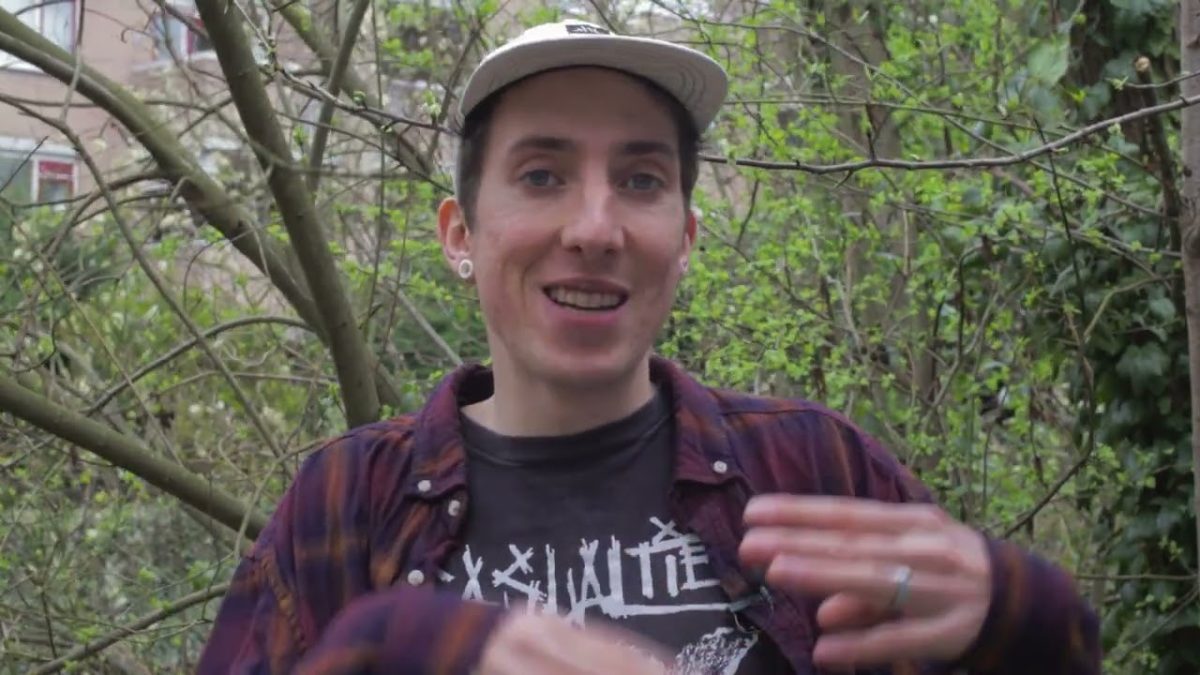Hello, lovely people! It’s great to be back with another exciting update on the Plastic Scanner project. As you may know, we’re creating a device that can easily identify the most common types of plastic, making recycling simpler and more accessible to everyone. And the best part? It’s all being done in an open-source manner, so anyone can use it and get involved!
This month, we’ve got some fantastic updates from our community members who have been lending their skills to help the Plastic Scanner reach its full potential. I want to take a moment to highlight three of these amazing endeavors.
First up, a big shoutout to Joost, who worked tirelessly to overhaul the PS plot software. If you recall, we started with a little bit of code that could display raw measurements from the ADC in Python spectrum. However, we quickly realized that there was a lot more to do in terms of calculations and interpretation.
Thanks to Joost’s hard work, we now have fully fleshed-out software that can give us a first indication of the type of plastic on the spot. He even implemented some features that I didn’t know I needed until I used them! Joost, thank you for your contributions!
Another huge thank you goes out to Queena, who analyzed the spectrum of the LEDs. With access to advanced spectrometers, she was able to determine how we should process the data and the most reliable readings we can get. She’ll be sharing all her findings on our Discord, so be sure to check them out!
Last but not least, a round of applause for Peter, who conducted experiments to find the optimal distance between the sensor and the sample. After much work and testing, he came up with results that can now be incorporated into 3D models and the work that Queena is doing. Way to go, Peter!
In the meantime, I’ve been working in the background, facilitating all of this and planning some longer-term features. We’re hoping to release a development board or a sensor board soon, and we’re also working on an experimental pilot project within the team. Oh, and we’re planning on releasing a plastic game! With our software being able to give an instant display of the type of plastic, we’re planning a fun game where one person puts a sample on the Plastic Scanner, and another guesses the type of plastic from a 3D plot. Sounds like a blast, right?
These are just a few of the many exciting developments that are taking place with the Plastic Scanner project, and we can’t wait to see what else the future holds. Stay tuned for more updates, and as always, thank you for your support!

